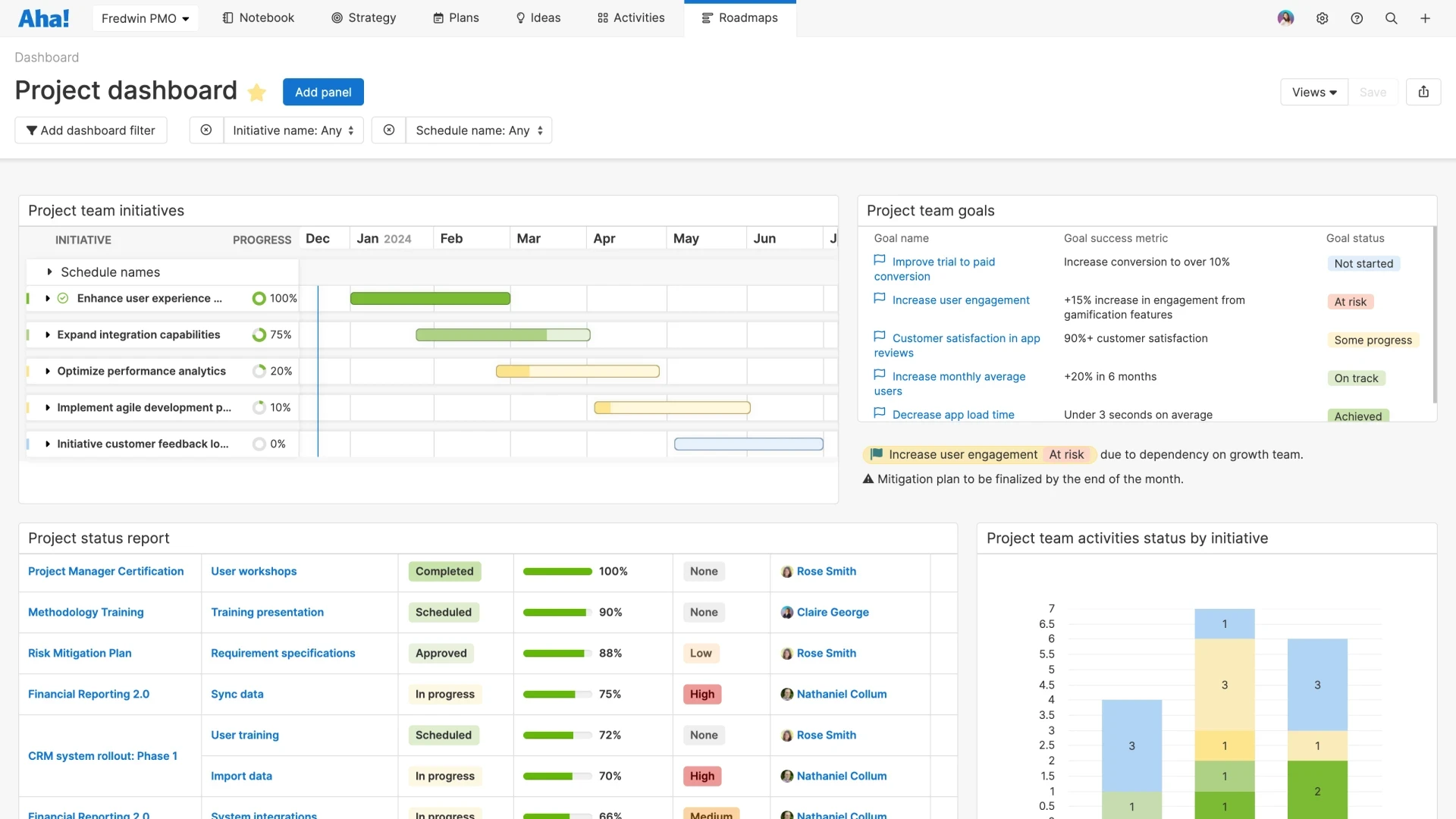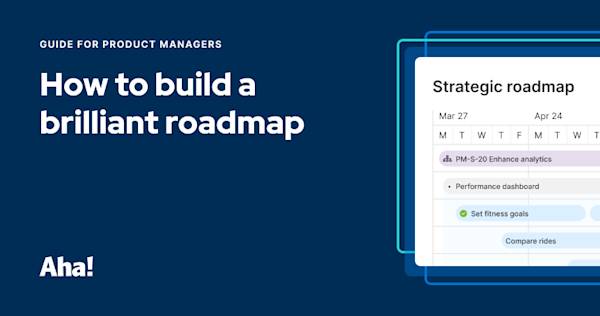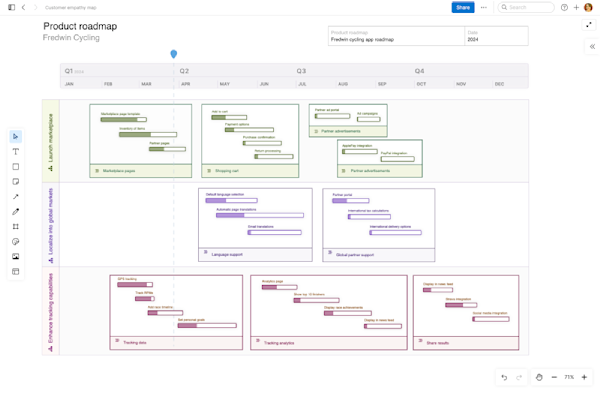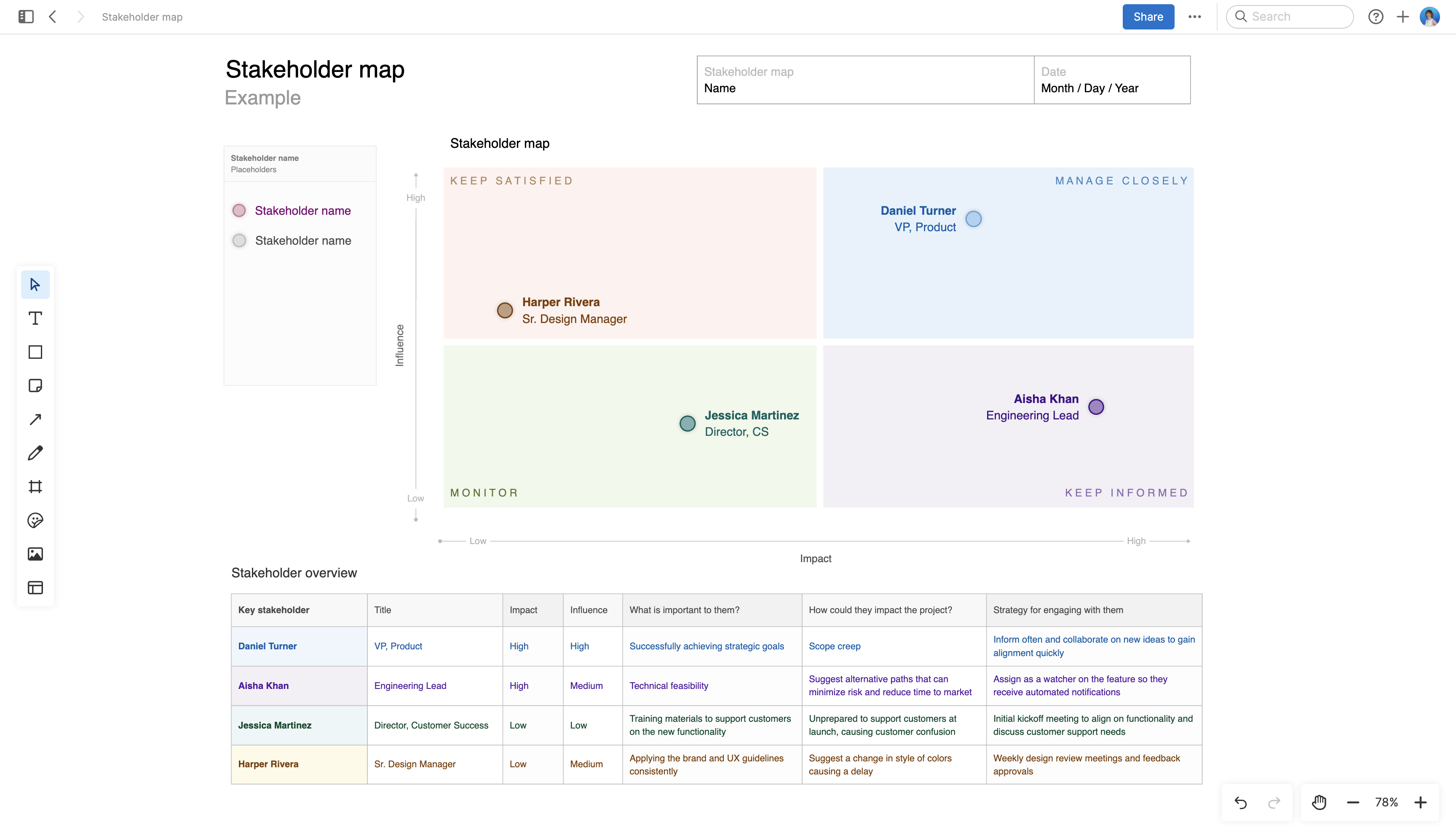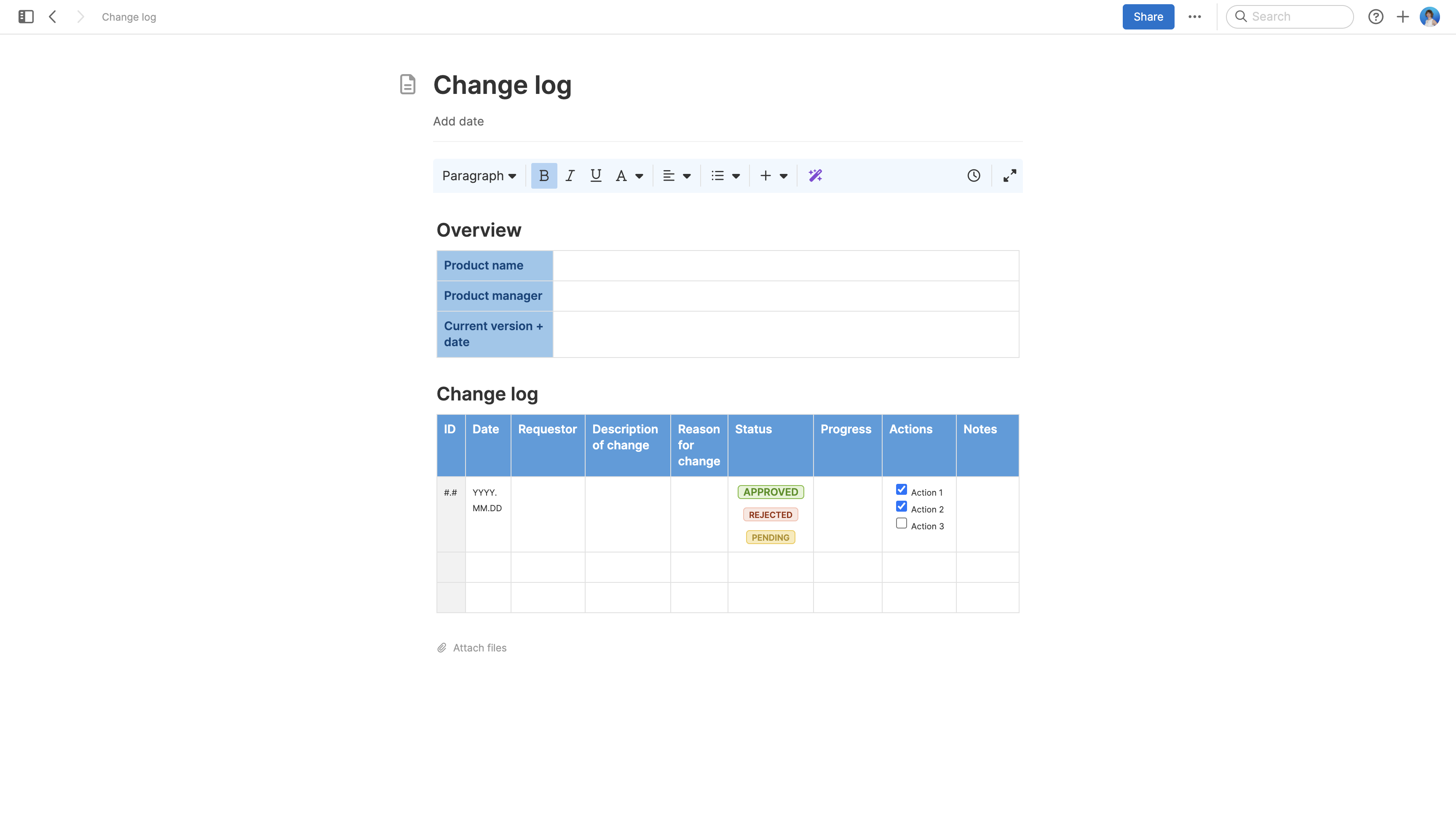Plan and track project completion with an in-depth dashboard in Aha! software.
Whether you are looking to bring more agile practices into your role as a project manager or are part of another function that works closely with an agile project management team, this guide can help you learn the fundamentals. Use the following links to jump ahead to a specific section:
Top
Where does agile project management come from?
The history of agile can be traced back to the 1940s. But agile development as we know it today got its beginnings in the early 2000s when a group of software engineers met to define a more flexible and iterative way of working. They outlined 12 core principles in the Agile Manifesto — which became the basis for many different agile methodologies.
Related:
Agile appealed to many engineering teams that sought a less rigid, traditional approach to development. As its popularity grew, people began looking for ways to apply these principles to other disciplines. And with its similar history of fixed linear workflows, project management presented a prime opportunity for "going agile."
Top
Agile vs. waterfall project management
Agile project management emerged as an alternative to the traditional waterfall approach. In general, waterfall projects stick to a pre-planned schedule. Work items cannot progress to the next phase until the prior one is complete.
Depending on the nature of a project, waterfall methodology can still be beneficial. This is particularly true for projects involving repeatable processes with fewer stakeholders, or within highly regulated industries (such as government and healthcare) that demand stringent technical documentation and adherence to standards.
Agile provides a radically different project management style — giving you the ability to adapt plans after a project is underway. Because it encourages flexibility, agile is often preferred by software companies that have to respond quickly to rapidly changing markets, customer preferences, and advancements in technology.
Both methods have their benefits. That is why many organizations use both in different scenarios or a blend of the two (sometimes referred to as "wagile.") Taking a hybrid approach is one way to be more agile while retaining some predictability.
You can decide when to lean more agile or waterfall in your approach. Here is a brief overview of how the two types of project management compare:
Project management component | Agile project management | Traditional or waterfall project management |
Overall approach | Iterative, incremental, and collaborative | Sequential, predictable, and pre-planned |
Goals | Responding to changes quickly while delivering outcomes that provide value to stakeholders | Delivering a completed project with adherence to the initial plan |
Roles | Project managers work with cross-functional teams — roles might vary by organization. | Distinct roles are outlined (e.g., project manager, developer, tester). |
Stakeholder involvement | Regular stakeholder collaboration throughout the project | Stakeholder involvement mainly at the beginning and end of the project |
Change management | Changes are embraced and implemented throughout the project. | Changes are difficult to implement after the project has started — they require a formal request and approval. |
Risk management | Risks are identified and addressed continuously. | Risk management occurs primarily at the beginning of the project. |
Testing and quality assurance | Continuous testing | Testing is conducted after the development phase is complete. |
Project delivery | Deliverables are shipped in short cycles or sprints. | The final result is delivered at the end of the project. |
Related:
Top
Benefits of agile project management
Adopting an agile approach certainly takes a shift in mindset. But there are good reasons so many project managers make this shift:
Flexibility: Adaptability is prioritized over rigid plans, allowing adjustments to align with changing business needs and market trends.
Reduced risk: Breaking projects into smaller parts and frequent testing minimizes the impact of roadblocks or dependencies, keeping projects on track.
Transparency: Regular meetings (such as daily standups and sprint reviews) promote open communication, building team alignment on progress and goals.
Productivity: Prioritizing the most impactful projects and frequent deliverables enables agile teams to navigate large efforts more efficiently.
Stakeholder alignment: Agile project management actively involves stakeholders throughout the project lifecycle — inviting and incorporating feedback along the way.
Continuous improvement: Retrospectives help teams learn from past projects and commit to making incremental positive changes.
Top
Examples of agile project management
Agile project management sounds great in theory. And in practice, it often is. But what does this actually look like?
In agile project management, work progresses through similar phases that are established in waterfall project management — though the phases might be more fluid (perhaps ironically). Let's look at some examples of agile project management through that lens:
Project management lifecycle phase | Agile project management example |
Initiation | Creating a high-level vision for the project and defining initial objectives Writing a project charter or stakeholder map Capturing project requirements, tasks, and budgets Attending a kickoff with the cross-functional product team
|
Planning | Building the project roadmap — including key deadlines and milestones Establishing a backlog of project deliverables Involving stakeholders in planning sessions to ensure alignment
|
Launch | Breaking down project deliverables into manageable timeboxes (like sprints) Working to deliver project increments in each timebox Watching for risks that emerge and working to address them Adjusting scope or timelines as necessary Communicating progress on the project to stakeholders
|
Performance | |
Closure | Finalizing the entire project and deliverables Conducting a final review with stakeholders to validate that project objectives have been met Collecting feedback for future project iterations Conducting a retrospective meeting to reflect on areas for improvement and celebrate your success
|
In the image below, you can see an example of a strategic project roadmap created in Aha! Roadmaps. As an agile project manager, you might build a view like this during the planning phase to help see your project progress through launch and all the way to closure.
